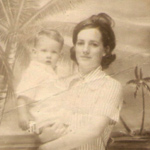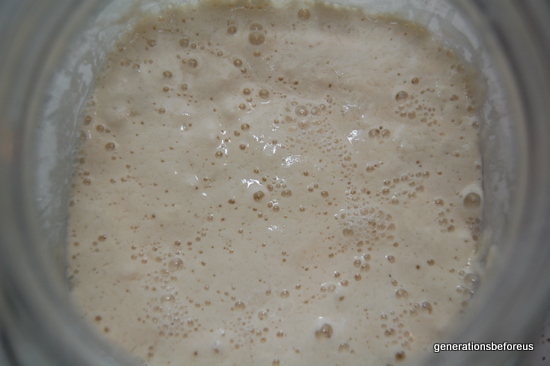
So to make what I call old fashioned "True" Sourdough bread without yeast it all starts with a good starter. One that rises and falls and has bubbles throughout the starter. This way the bread will rise without yeast.
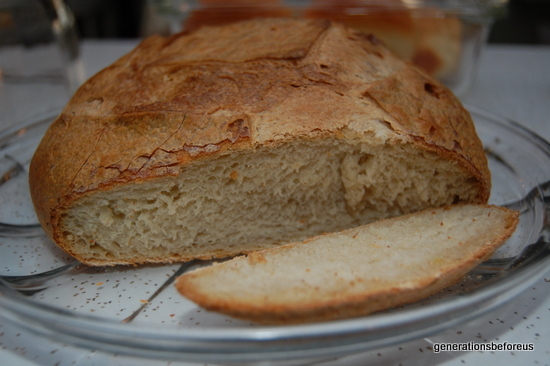
With a new starter that you have made yourself, at first it may not give you the lift that you are looking for but as your starter matures and you figure out how to feed it correctly it should give you the bread you are looking for.
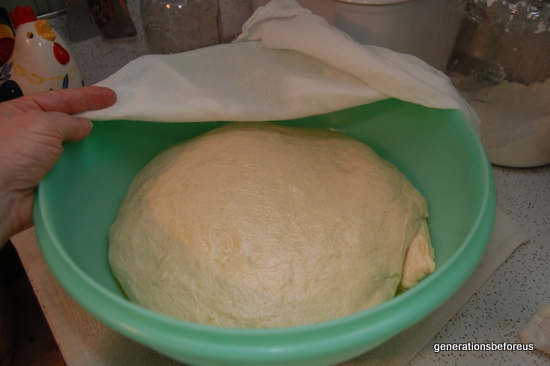
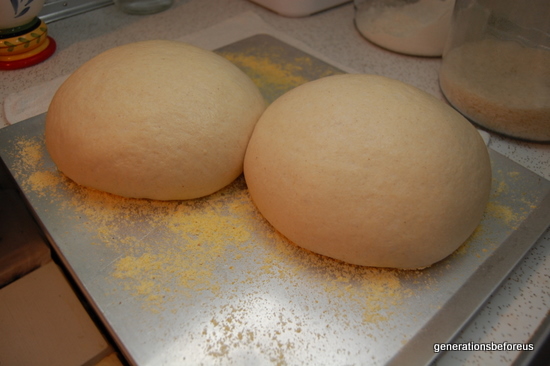
Getting just about right to put in the oven
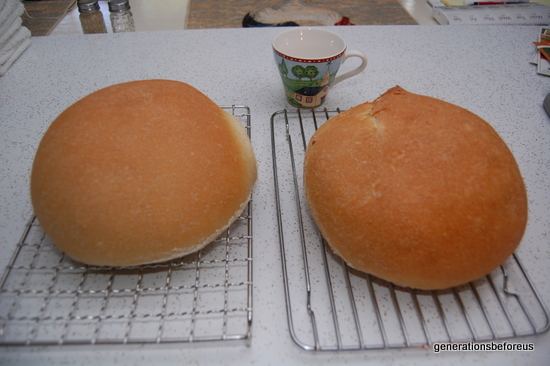
Like I said it is a very good recipe using the extra active dry yeast with my starter but was still not true sourdough bread.
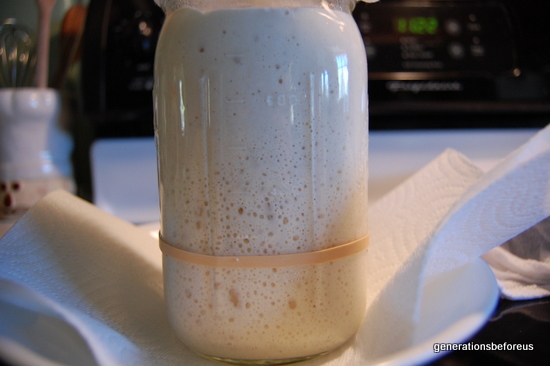
This is what a young starter might look like. It is on the thinner side and more frothy bubbles. Notice the rubber band. I always keep a rubber band on my jar so I can see the original amount. This is a starter I converted from bread flour to all purpose flour but I froze this starter because one starter is enough for me to keep up with. The actual starter was the height of the rubber band. Anything above the rubber band is what has risen.
